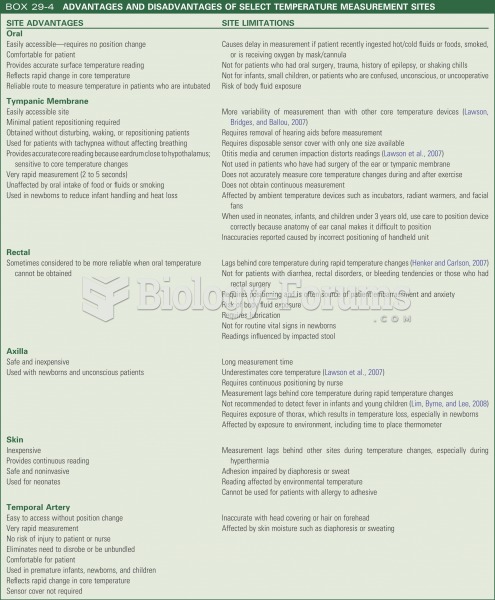Answer to Question 1
Candidates sign waivers allowing investigators access to their Facebook, MySpace, YouTube, Twitter, and other personal Internet accounts. Some agencies also demand that applicants provide private passwords, Internet pseudonyms, text messages, and e-mail logs to allow the agency even greater access to information for the hiring process. Indeed, more than one-third of police agencies now review applicants' social media activity during background checks.
Answer to Question 2
A new aspect of policing that concerns rank-and-file officers and with which all police chiefs and sheriffs should be acquainted is a new method of officer training. This training concept is known as the strong police training officer (PTO) program. They must then undergo a field training process while under the tutelage and supervision of a qualified strong field training officer (FTO). The FTO program was developed to provide new officers and deputies with a smooth, supervised, and educational transition from the academy to the field at their respective agencies. FTO programs remain in wide use today and generally consist of several identifiable phases:
Introduction (with the recruit learning agency policies and local laws);
Training and evaluation (the recruit is introduced to more complicated tasks performed by patrol officers); and
The final portion (wherein the FTO trainer may act as an observer and evaluator while the recruit performs all the functions of a patrol officer).
Many police executives have come to believe that the FTO approach is not relevant to the methods and challenges of community-oriented policing and problem solving. PTO was developed to better meet the needs of those agencies. PTO seeks to take the traditional FTO program to a higher levelone that embraces and evaluates new officers based on their understanding and application of COPPS. PTO covers two primary training areas: substantive topics (the most common activities in policing) and core competencies (the common skills that officers are required to utilize in the daily performance of their duties). It is believed that PTO provides a foundation for lifelong learning that prepares new officers for the complexities of policing today and in the future. This approach is different from traditional police training methods that emphasize mechanical repetition skills and rote memory capabilities; rather, the PTO focus is on developing an officer's learning capacity, leadership, and problem-solving skills.







